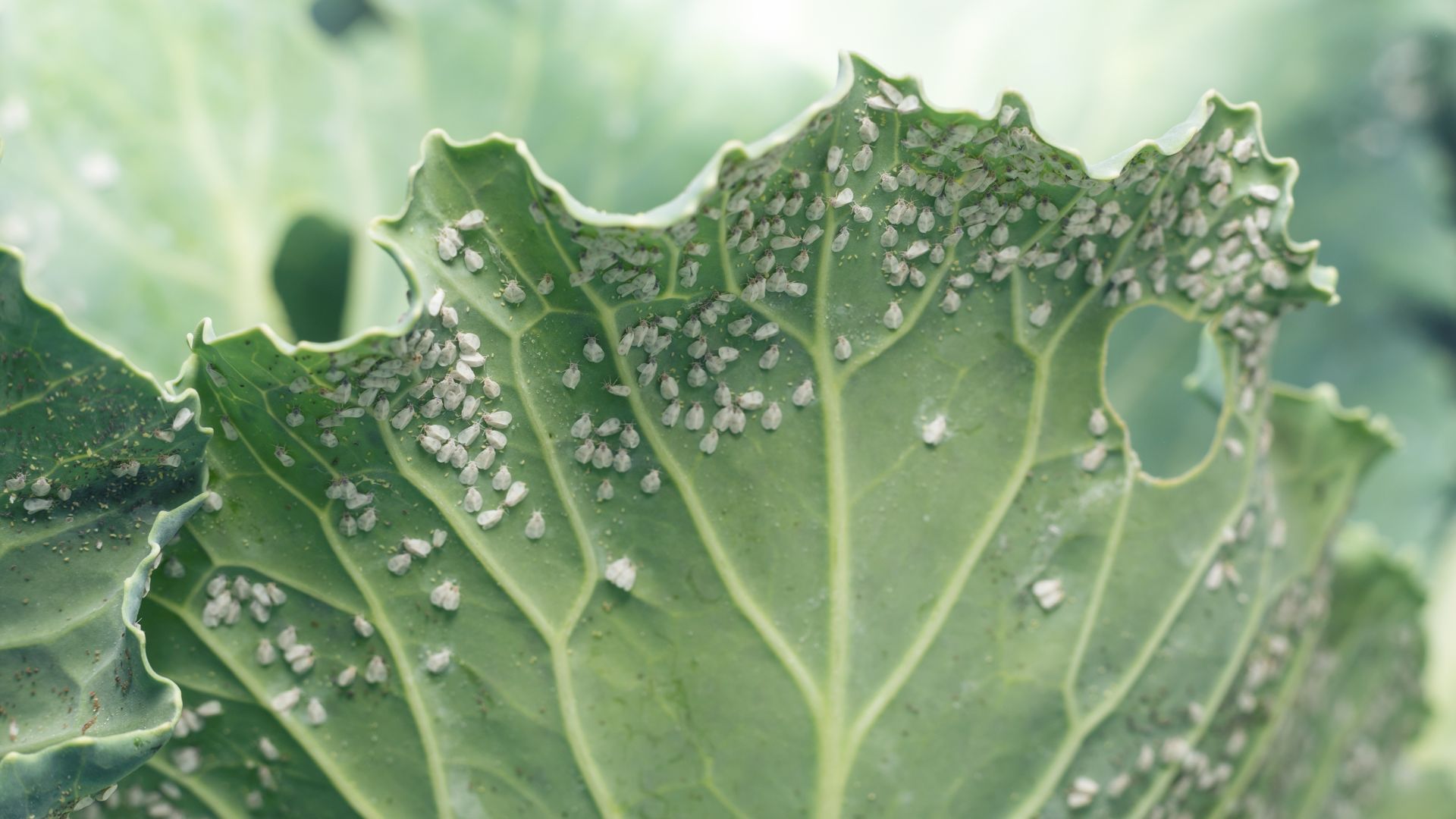

Pest Library
A Guide To The Pests Of Columbus, OH & Surrounding Areas
If you’re like most home and business owners, you know the basics about common pests but don’t have a lot of in-depth knowledge about them. While this usually suffices, basic information isn't enough when pests get into your home or business. That’s where our pest library comes in. In it, you’ll find the information you need about all of the most common pests that invade Ohio homes and businesses.


-
About Us
-
Pest Library
-
Areas We Serve